February 16-22, 2025
A week with hints of change
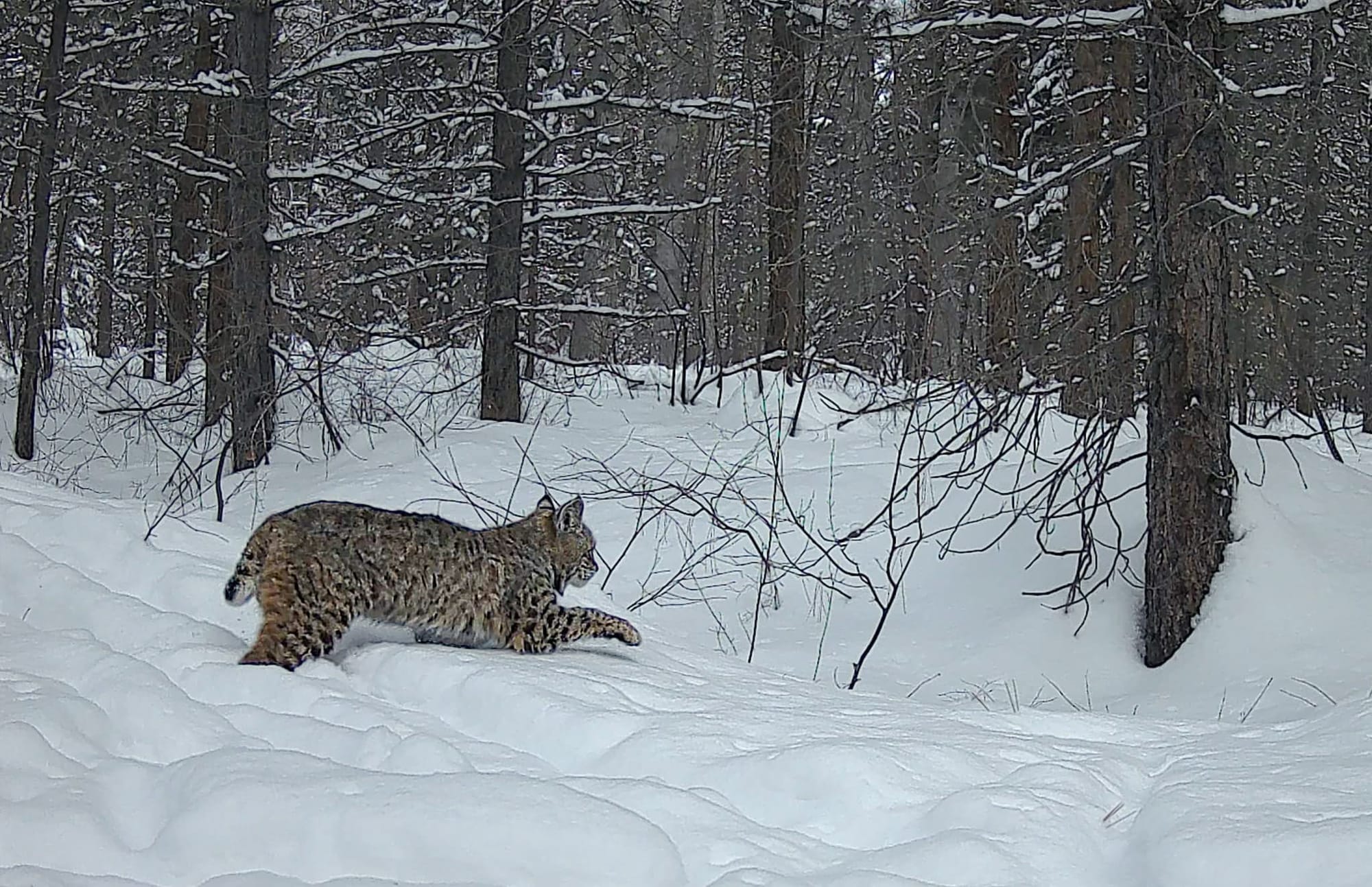
Despite a few light sprinkles of snow, change is definitely in the air!

Week in Review
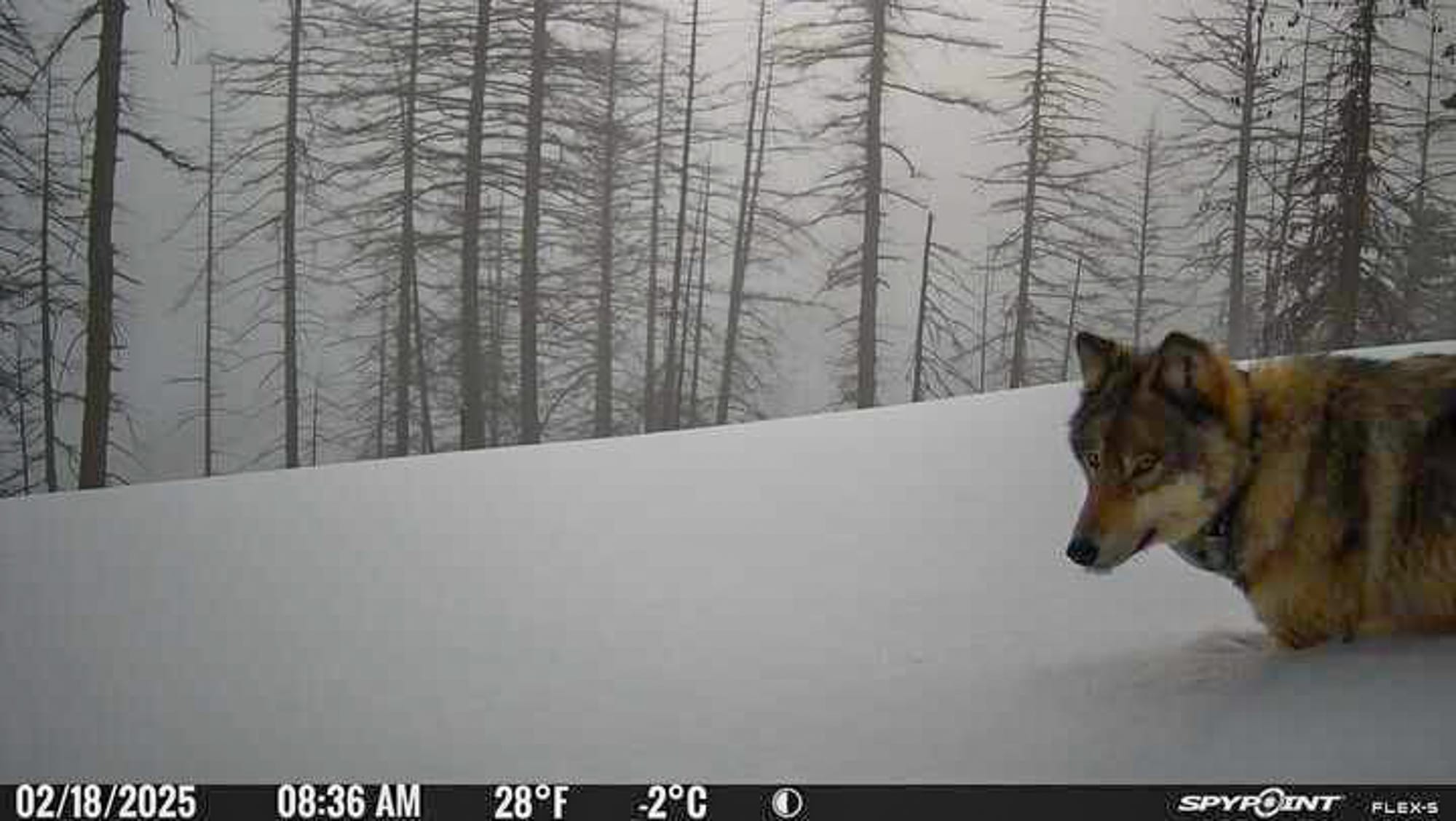
Although we're still getting dashes of light snow, temperatures have risen dramatically, with temperatures reaching the mid to high 30s every day this week. Alongside warming temperatures, there were many new signs of the coming spring!
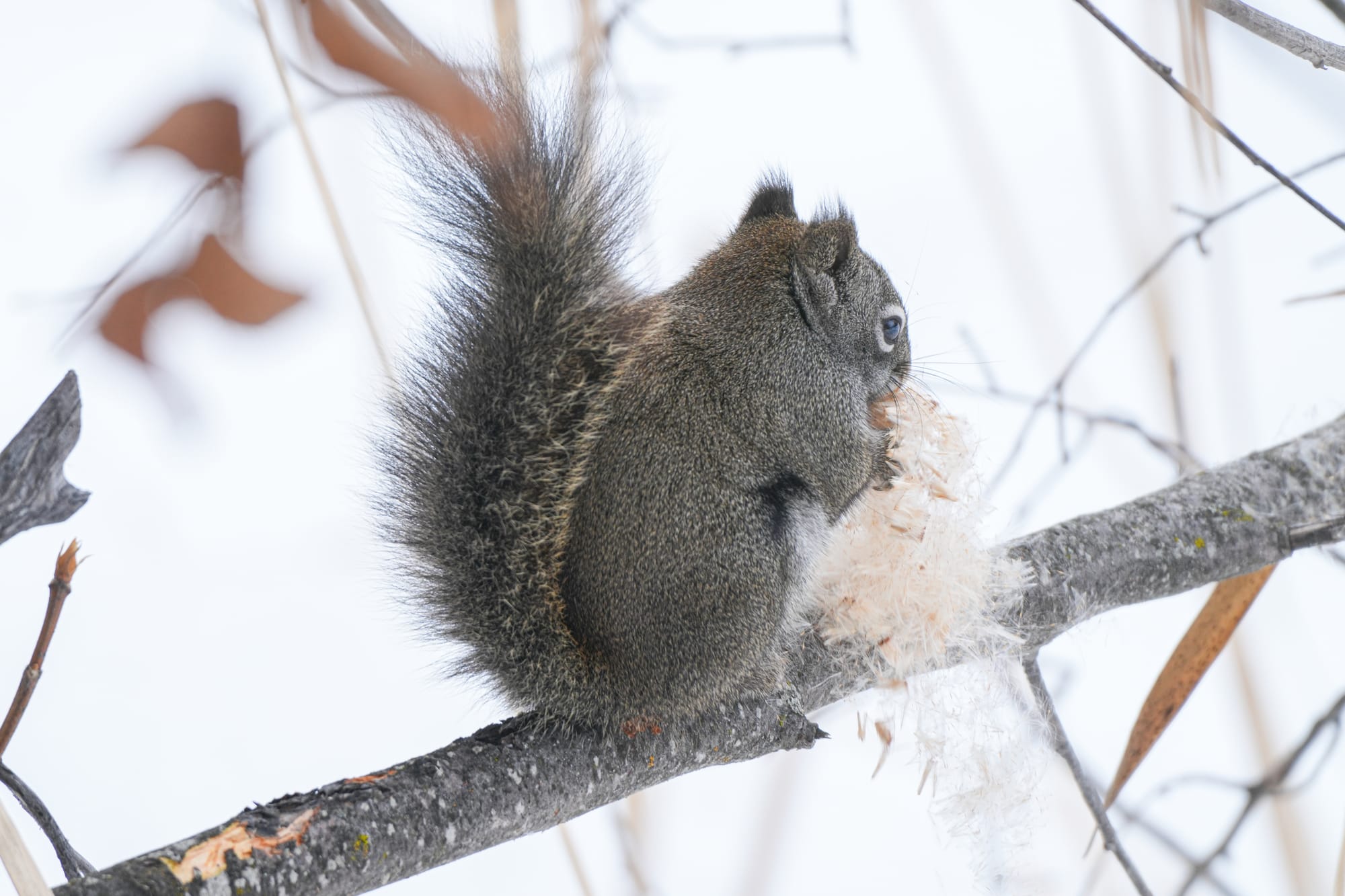
After a couple weeks of sporadic calling, our resident house finches are now loudly vocalizing every day in a tree over our yard. In addition, on the 19th I heard my first singing bird of the year, one courageous red-winged blackbird singing from a tree where an entire colony of blackbirds will soon be singing for weeks while they wait for marshes to thaw out. And later that day, I heard my first singing black-capped chickadee.
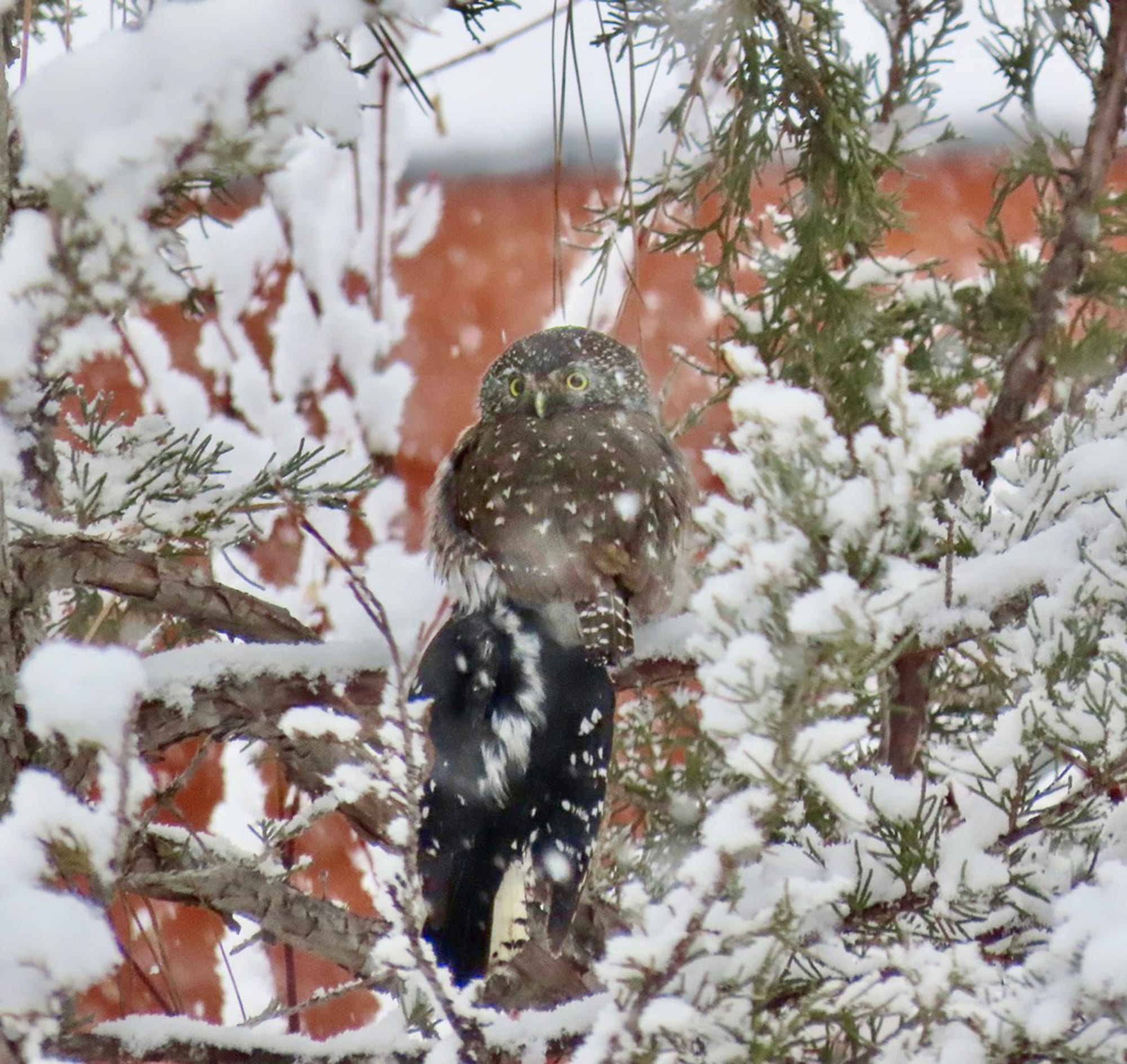
Warming temperatures have begun to soften and melt the snow, and in a few patches of newly exposed soil I discovered my first seedlings of the year on the 21st.
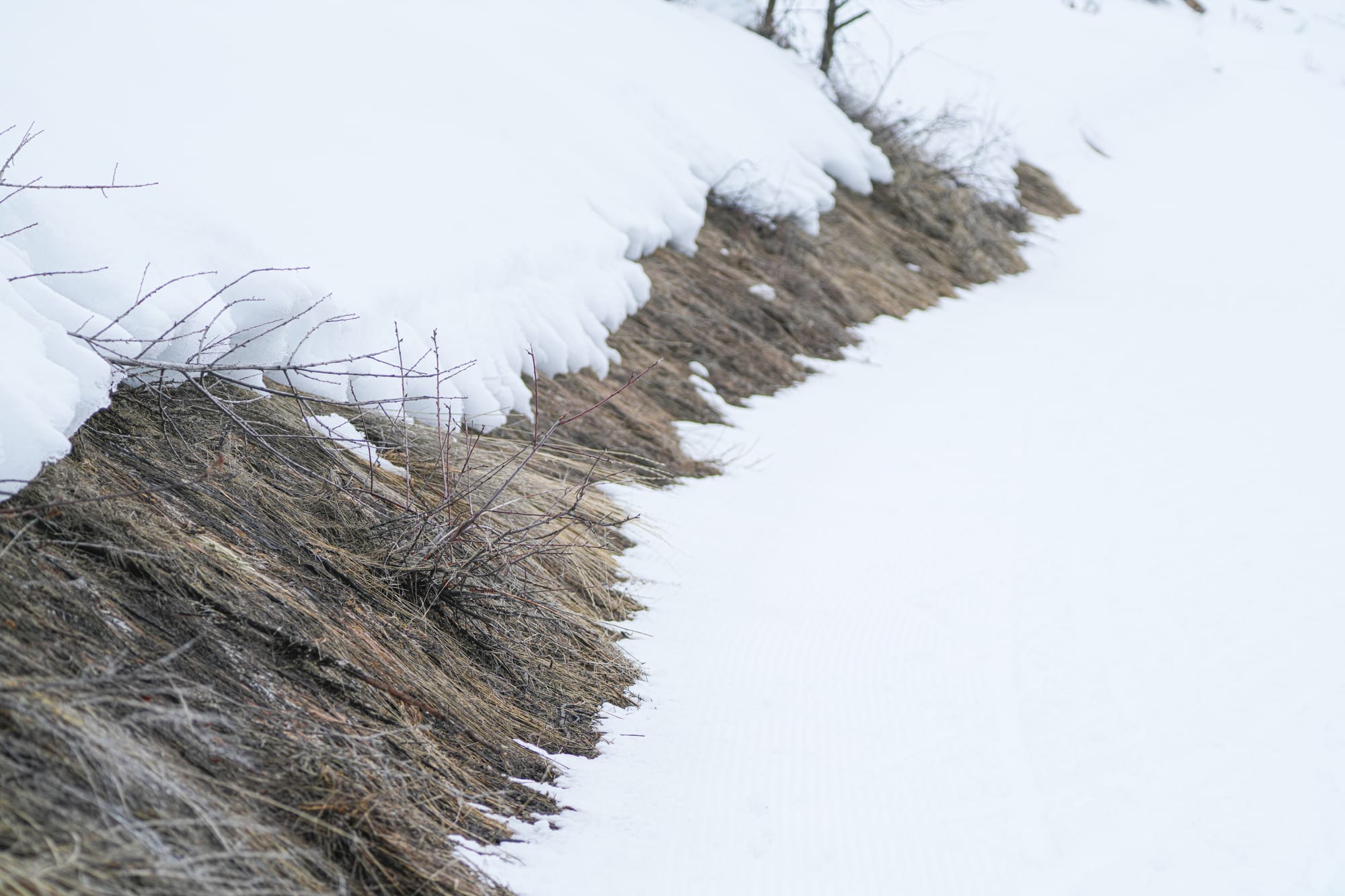
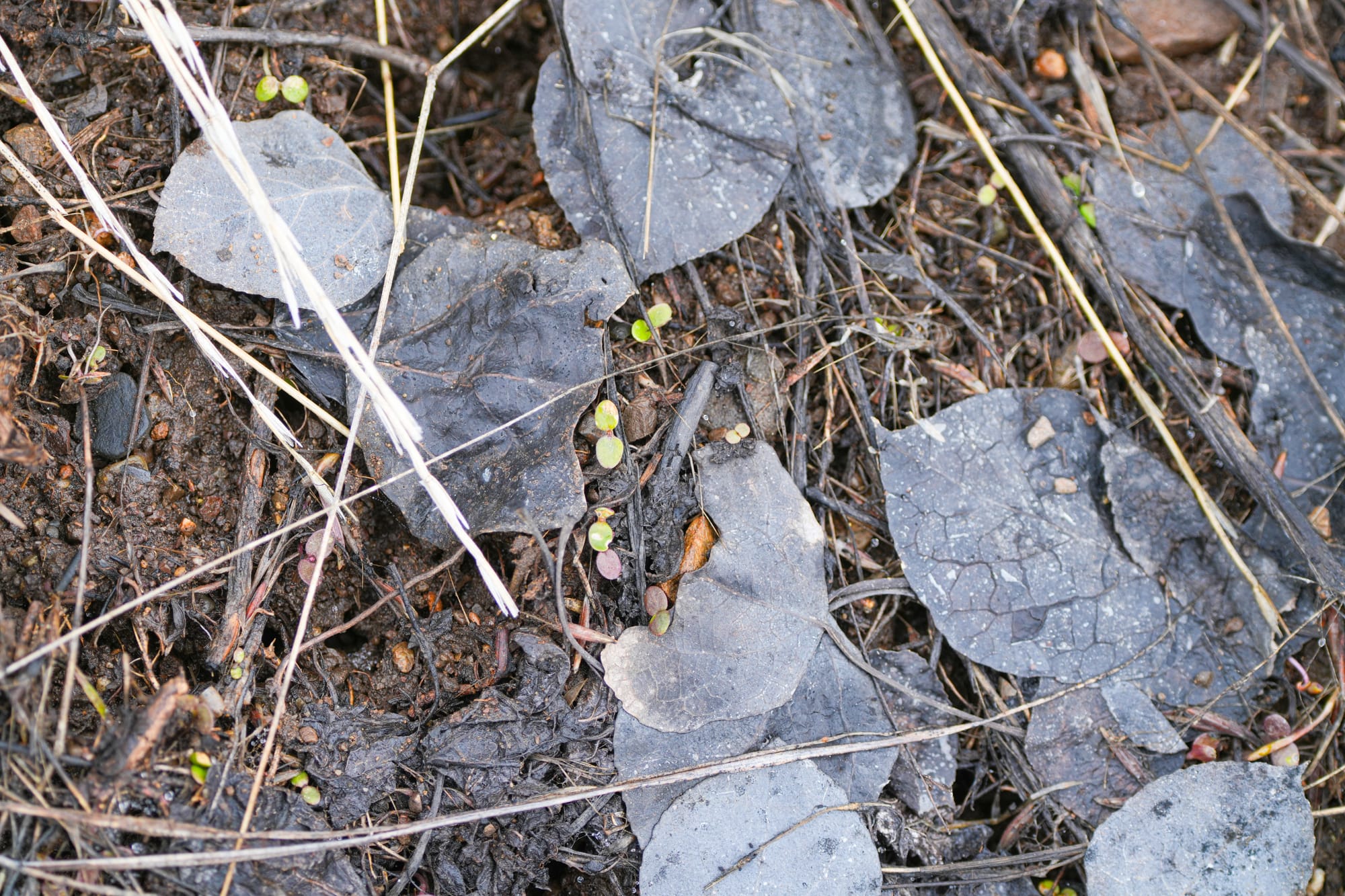
The first seedlings of spring are finally emerging in patches of bare soil. Photos by David Lukas
In the world of insects, I saw my first fly (not a big house fly but one of the tiny native flies) and my first moth this week, and this morning we noticed a group of midges doing their mating dance over the snow.
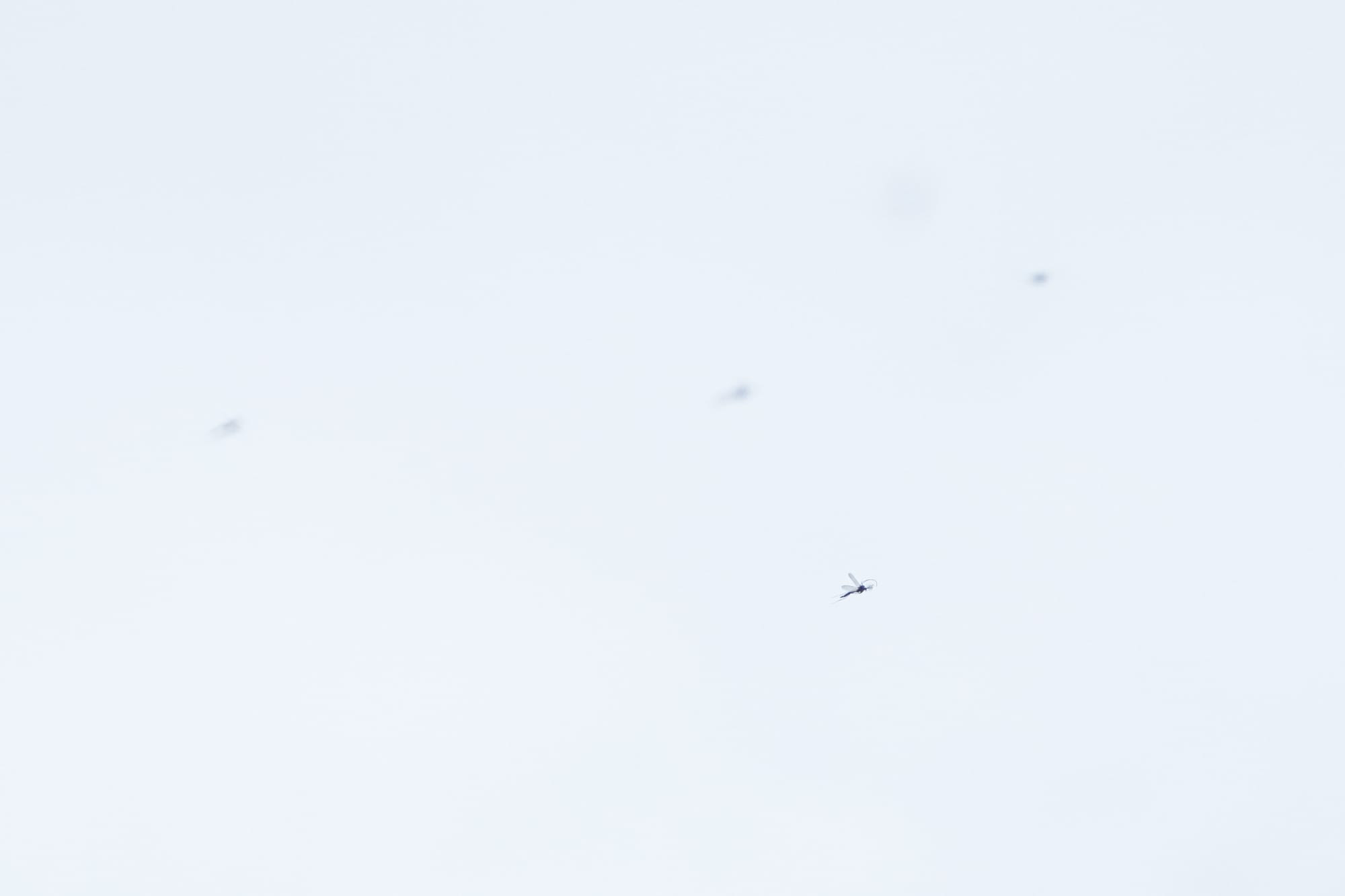
I also spotted a bald eagle washing bloody gore off its head in the river and I was thinking it might have been feasting on a deer carcass. But someone mentioned that this is the time of year when bald and golden eagles gather around fields to eat afterbirth as cows start producing new calves. I haven't seen this yet, but I'm planning to drive around the valley looking for groups of eagles.
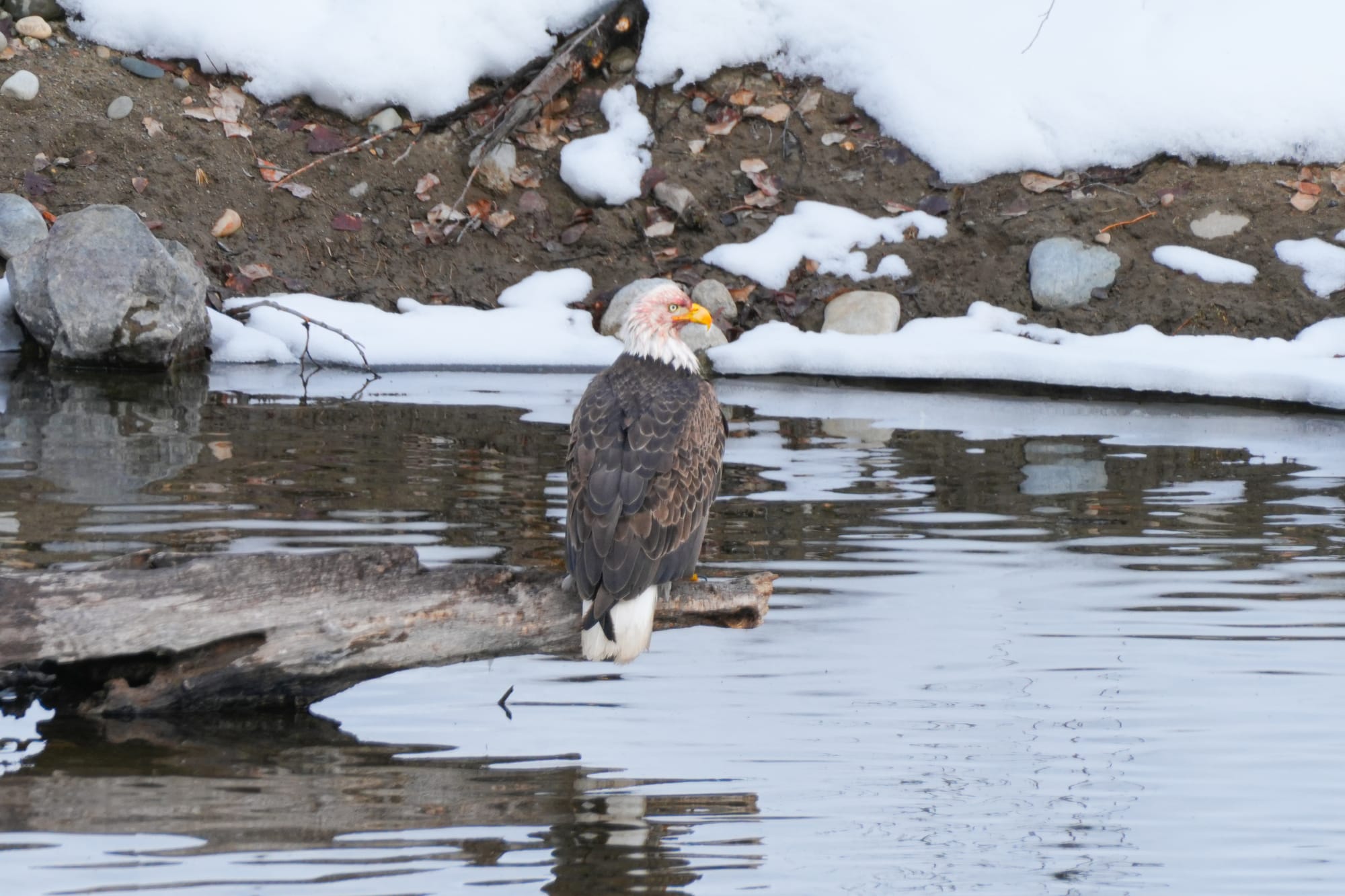
Observation of the Week: Springtails
Warming temperatures and melting snow has triggered so much more than singing birds and new seedlings, it has also woken an entire ecosystem that thrives on snow.
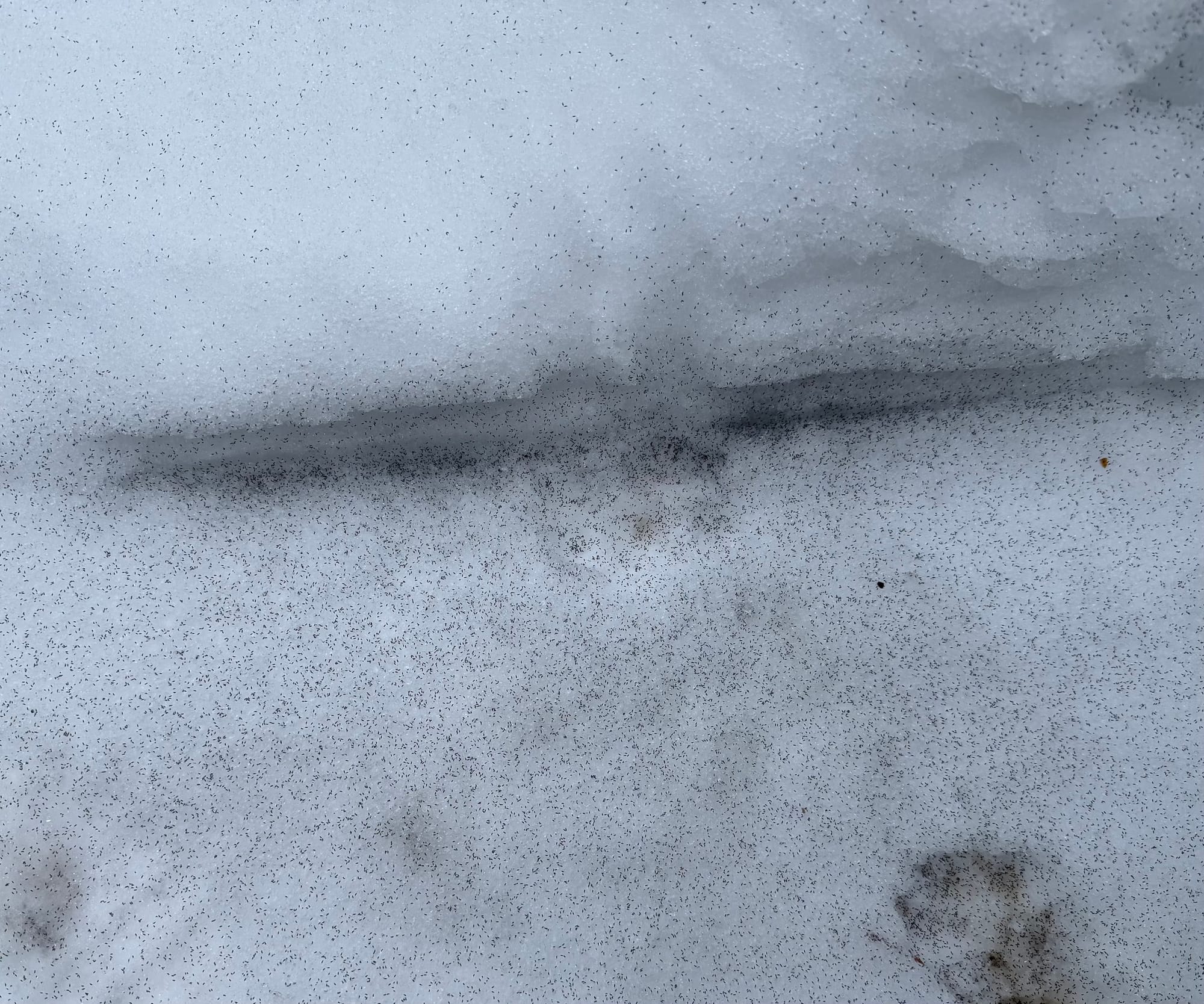
As I talk about in my Winter Ecology presentation, snowflakes crystalize around organic particles and minerals which means that snowbanks are essentially vast reservoirs of stored nutrients. During the winter these nutrients are locked up in ice, but as soon as snow begins to melt and the days start getting longer the food chain in a snowbank literally explodes with life.
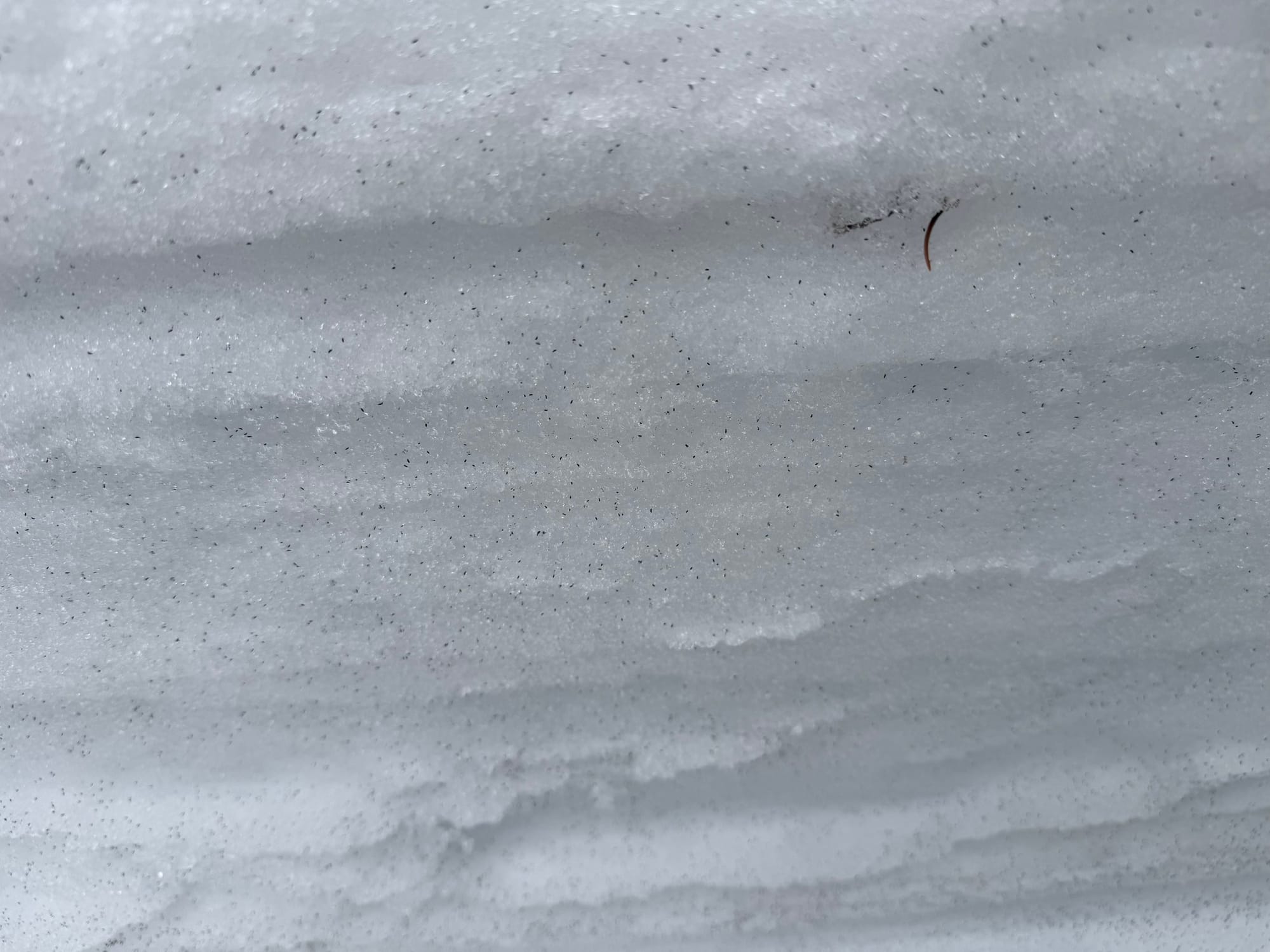
One telltale sign of this transformation is the mass emergence of springtails (also called snow fleas because of their jumping behavior) that feast on algae in the snow. Millions of springtails emerge and begin moving towards open patches of ground where they gather in dense mats to breed. Even though springtails average about 3mm long, they can travel up to two miles in ten days by hopping steadily in one direction in search of these mating swarms.
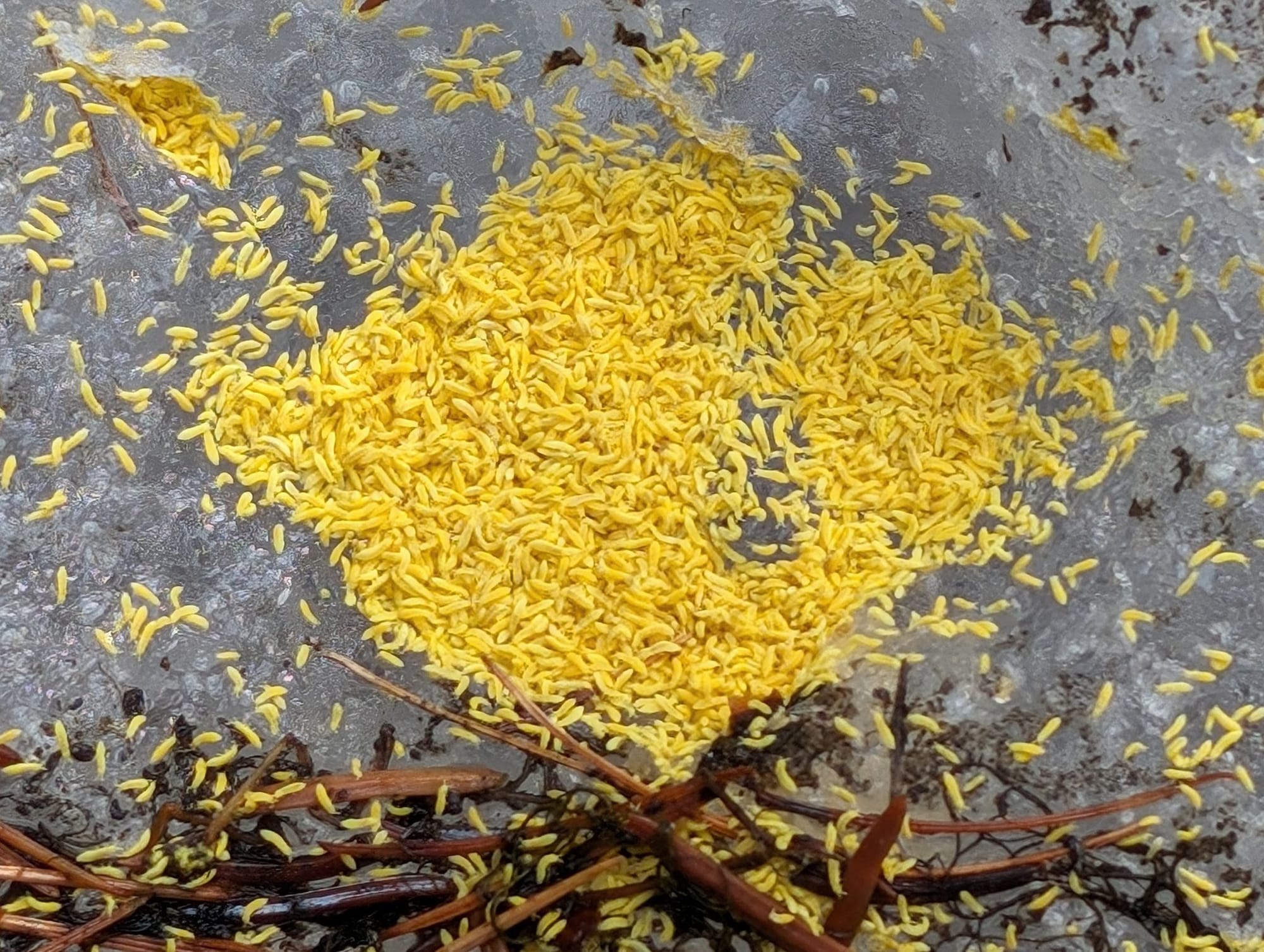
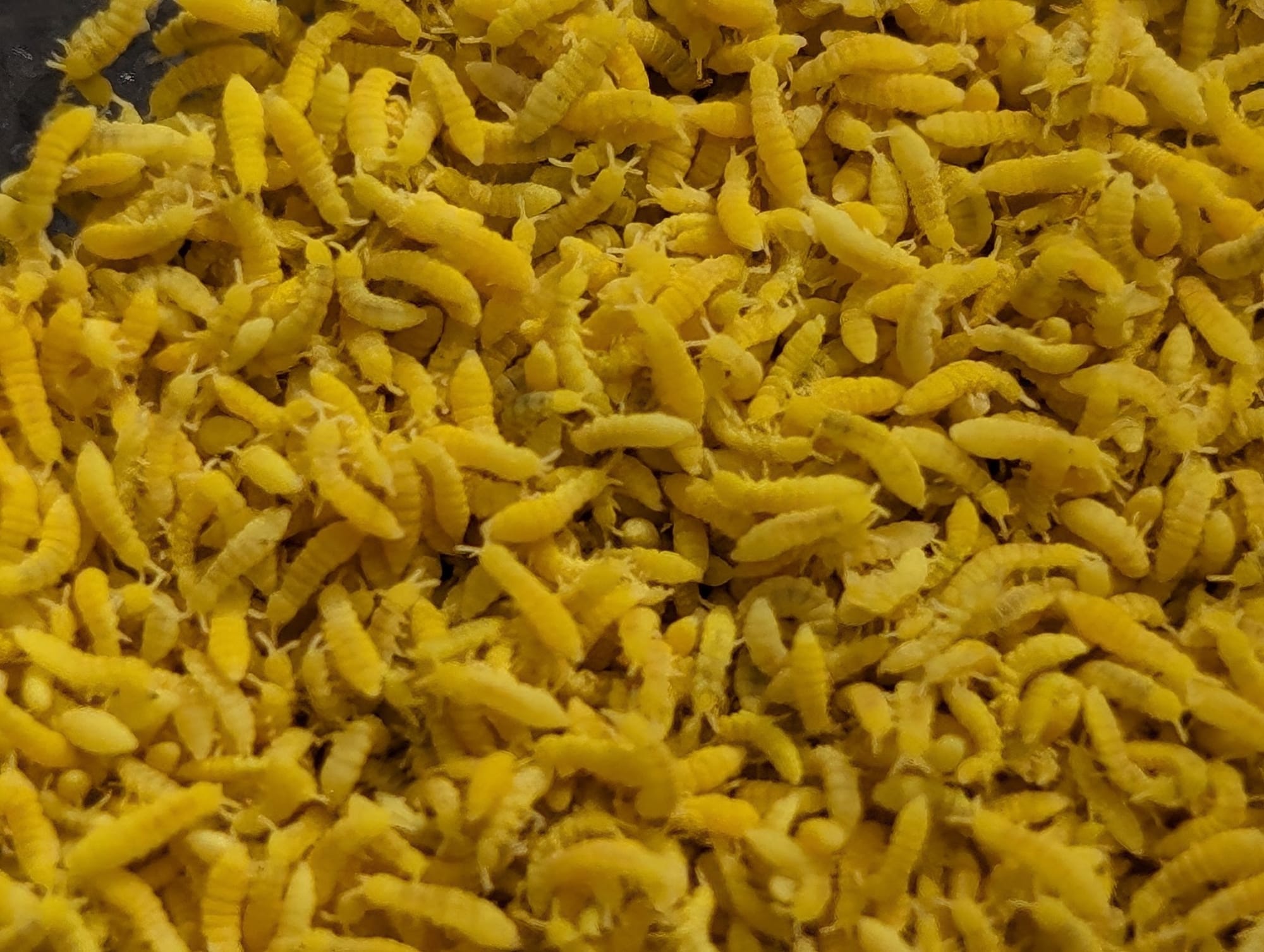
Last winter we stumbled upon this remarkable springtail known as the golden snow flea in the Okanogan Highlands. Photos by Kevin Lepley
At the same time, springtails are eaten by an immense variety of invertebrates that also live on snow. So, this is a fantastic time to start paying attention to snow because there's a lot going on at this time of year.

